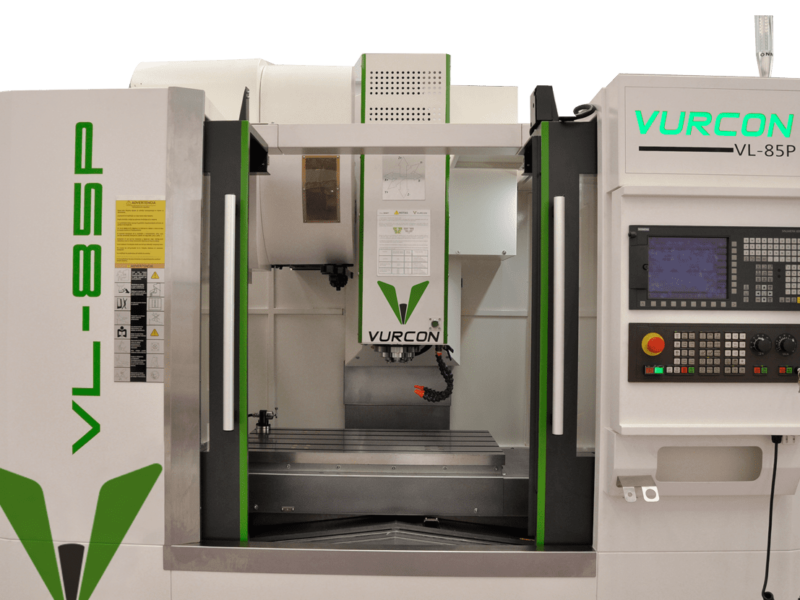
The 3-axis machining center can offer high performance to any machining job. These are very precise and highly reliable machines that work at high speed, and whose tools are controlled through a numerical control computer (CNC).
What is a 3-axis machining center?
It is an industrial machine with which multiple operations can be carried out, thanks to its CNC automation (that is, by Computer Numerical Control); Furthermore, it does not require much human intervention. There are different sizes, types, functions and degrees of automation, but all machining centers are characterized by their production speed and great precision and flexibility. Currently, it is possible to find modular machines on the market that can be modified by installing or adding accessories, according to production needs.
3-axis machining work is a process in which the tools are controlled by a numerical control computer. They move with 3 axes to produce or shape pieces of metal and other materials, such as PVC or even stone.
In addition to increasing and improving production, these machines have the advantage of creating complex parts with a better finish, thanks to the movements made during machining.
Guys
There are different types of CNC that differ in their functionalities, size and degrees of automation . One of the main classifications of these machines are those that use a vertical or horizontal spindle:
- CNC with vertical spindle: they have a rotating head that comes into contact with the piece to be machined from the top to the bottom and working on the closest surface of the material. They are used on flat pieces, but with deep cavities.
- CNC with horizontal spindle: ideal for large and tall parts, which requires that the machining process be carried out in parts. Generally the pieces must be positioned at different angles to be able to carry out the work.
How does 3 axis machining center work?
The operation of the 3-axis machining center is similar in all models, although, of course, it depends largely on its specific characteristics. But the process begins with a CAD design of the part to which the work to be done with it is applied and the tools that the machine needs to execute it.
When the programming is done, the part is placed in the machine and work begins. The machine is the one that automatically changes the different tools until the part is finished machining.
Although the machine works practically alone, it is necessary to have an operator trained to handle the machining center software and who knows its operation in depth.
Jobs that can be performed on a 3-axis machining center
CNCs are commonly used to machine parts that require rotating cutting tools. So these are machines in high demand in different types of industries, due to their great versatility. A 3-axis machining center can be used by companies that require large production quantities and need a machine capable of working 24 hours a day (taking into account that they require almost no human intervention).
Metallurgy
Thanks to their flexibility and ability to be reconfigured, 3-axis machining centers are essential in the metalworking industry for the creation of parts that are taken to the manufacturing industry and passed through a CNC again to perform cutting, cutting, with flame or laser, contouring, welding, engraving, punching...
Regarding the extraction of metals, machining centers are used to remove material through chips or abrasion , and also to cut other types of metals, for example tubes, sheets, plates, etc. All of them will subsequently be integrated into other industries and, possibly, undergo another machining process again. These metals are intended for different sectors. For example, for the food industry (specifically for the manufacture of machinery for this sector); the automotive industry and even for aeronautics, where these parts go through CNC with larger axes.
Other apps
In the field of technologies and communication, the precision of CNCs is essential for creating printed circuit prototypes; without a doubt all a laborious work.
On the other hand, 3-axis CNCs are also used in the jewelry industry ; not only for cutting and contouring, but also for engraving (a separate area in which it is also used). This type of machinery is especially important in the wood industry. They are also used by sectors that require more personal or “design” work. Here we find, for example, decoration companies and those responsible for the manufacture of household products, such as kitchen countertops or bathroom furniture such as shower trays. The funeral sector also needs the work of a CNC. for carving the bas-reliefs of the coffins; a process that, if carried out by hand, would be very laborious.








